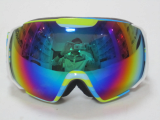Ballistics and velocity:
Kinetic energy is the energy that is in the pellet while it moves, and it is transferred to its target upon impact. One joule of energy will be transferred by a 0.20 g BB traveling at 100 metres per second (330 ft/s).A typical set of limits on toy might be 350 F.P.S. for CQB (Close Quarters Battle), 600 F.P.S. for outdoors, and 175 m/s (570 ft/s) for bolt action sniper rifles, all measured with a 0.25 g BB. The speed of the BB depends on the weight of the BB and amount of kinetic energy the toy can transfer to the BB. Certain places play "no velocity limit" games. In California a common limit for CQB is 350 ft/s (110 m/s). On most fields in America the limit for AEG (Automatic Electric toy) toy is usually in the 400 ft/s (120 m/s) range. For snipers the range can be anywhere from 400 to 600 ft/s (180 m/s). toy have these high velocities tend to have a longer range and better accuracy, also supplemented by the fact that many will also upgrade accuracy related parts, but fire rate is compromised unless a smaller spring is added (preferably 110 m/s). Furthermore, the lower velocity means that the BB will glide more, which is a good thing for indoor skirmishes, but outside the wind usually catches hold of it and spirals it out of its course.[citation needed]
In Ireland and Italy, the energy limit for Airsoft toy is one joule (100 m/s with a 0.20 g, 6 mm BB) regardless of the type of game play.Some UK sites allow semi-automatic-only shoting toy up to 400 ft/s (120 m/s) and bolt action rifles up to 500 ft/s (150 m/s). Northern Ireland has a maximum velocity of 328 ft/s (100 m/s) with 0.2 gram BB without regard to the type of shooting toy. 1J is the about same energy as a tennis ball being dropped from a meter and a half.
Most Airsoft toy are capable of shooting from 50 m/s (160 ft/s) to 125 m/s (410 ft/s), although it is also possible to purchase upgraded internals for some Airsoft toy that will enable the toy to shoot in excess of 550 FPS.
Safety:
Players in the 'safe zone' between games.
The minimum safe level of gear required to participate in most games includes a pair of ANSI Z87.1 (impact-rated) goggles to protect participants' eyes. If shot from at least ten feet away by a toy with typical muzzle velocity, there will be minimal damage to other body parts. Traditional prescription glasses and sunglasses, or goggles not designed specifically for use with airsoft or paintball toy, may break or shatter upon being struck causing damage to the eye. The largest review of airsoft eye injuries found no case of loss of vision from an airsoft eye injury. The same review found that only one of the 59 cases was wearing anything over their eye, and that was one patient who was wearing just sunglasses as eye protection.
Full-face masks (similar to, and often including paintball masks) cover the rest of the face, protecting vulnerable parts such as teeth. Some airsoft masks are made with mesh screens, although there is debate that fragments from lower quality or bio-degradable BBs may pass through the mesh and enter the eye. However, there have been no recorded incidents of such an occurrence. Masks with mesh screens are often preferred by players who wear prescription eyeglasses as they increase ventilation and reduce the amount of condensation on the lenses, while the lenses provide additional protection against possible fragments that might penetrate the mesh.
While masks offer superior protection, they can interfere with the use of scopes, and in cheaper masks, condensation inside the goggles can reduce visibility. During very hot days the masks can also cause the player to overheat more quickly due to the lack of air circulation. Some players have mounted small battery-powered fans (designed for computer circuit boards) on the masks to improve ventilation and reduce or avoid condensation.

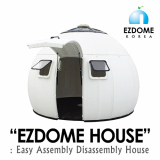
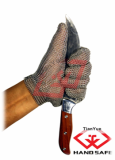
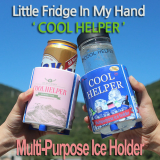


































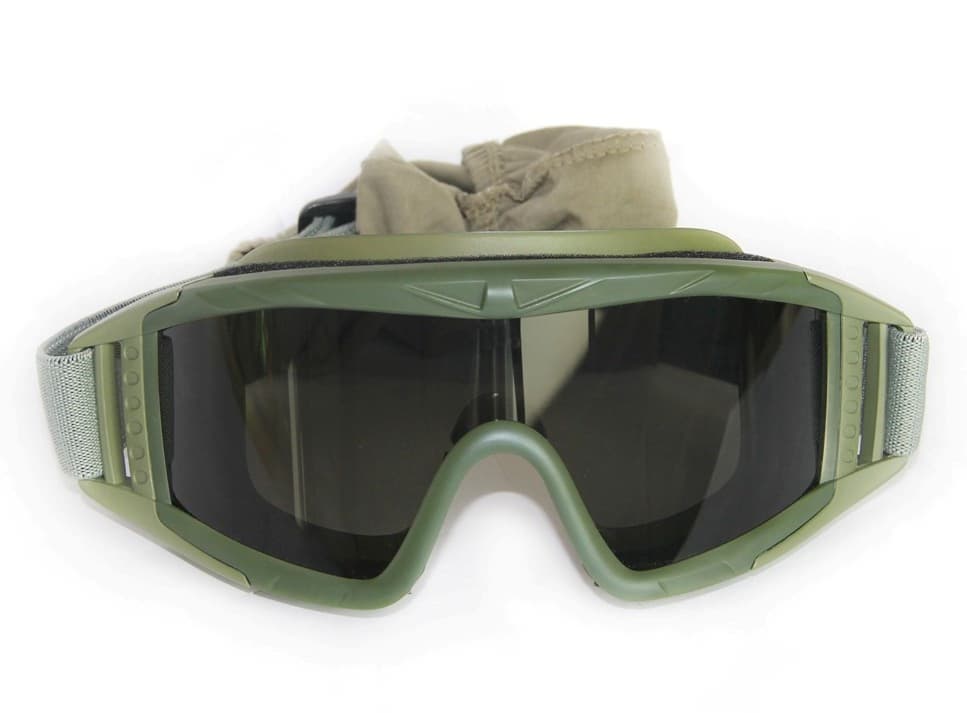
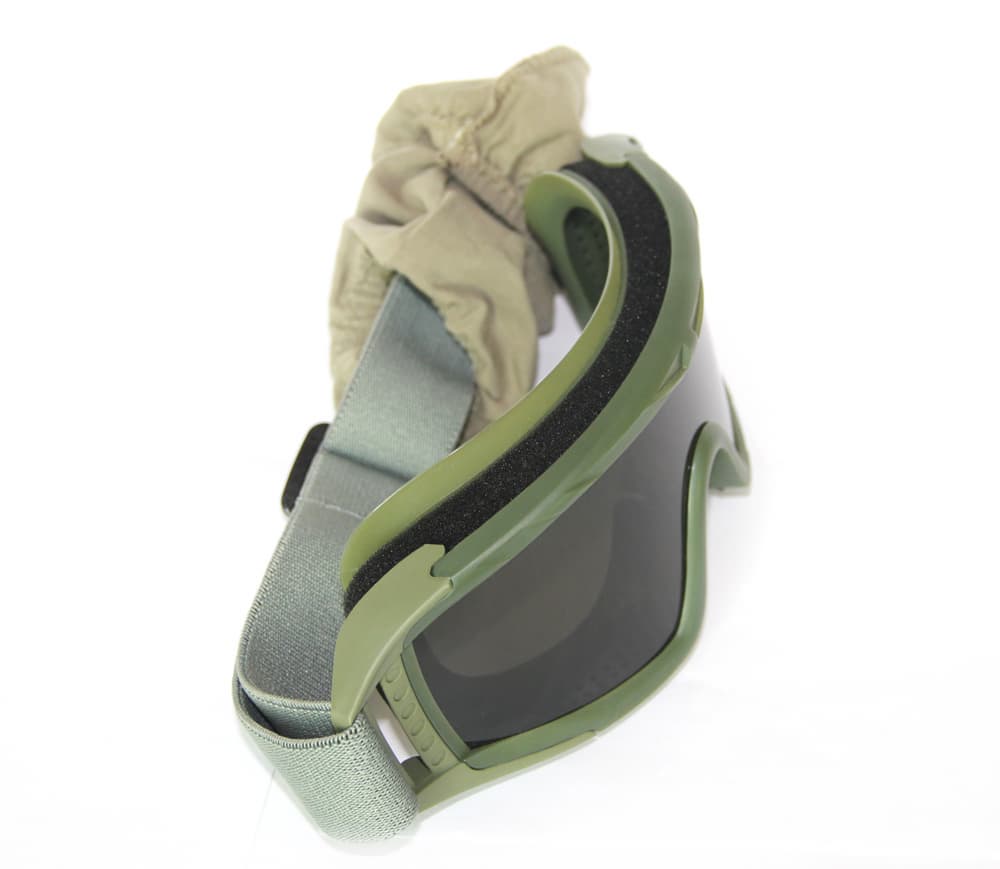
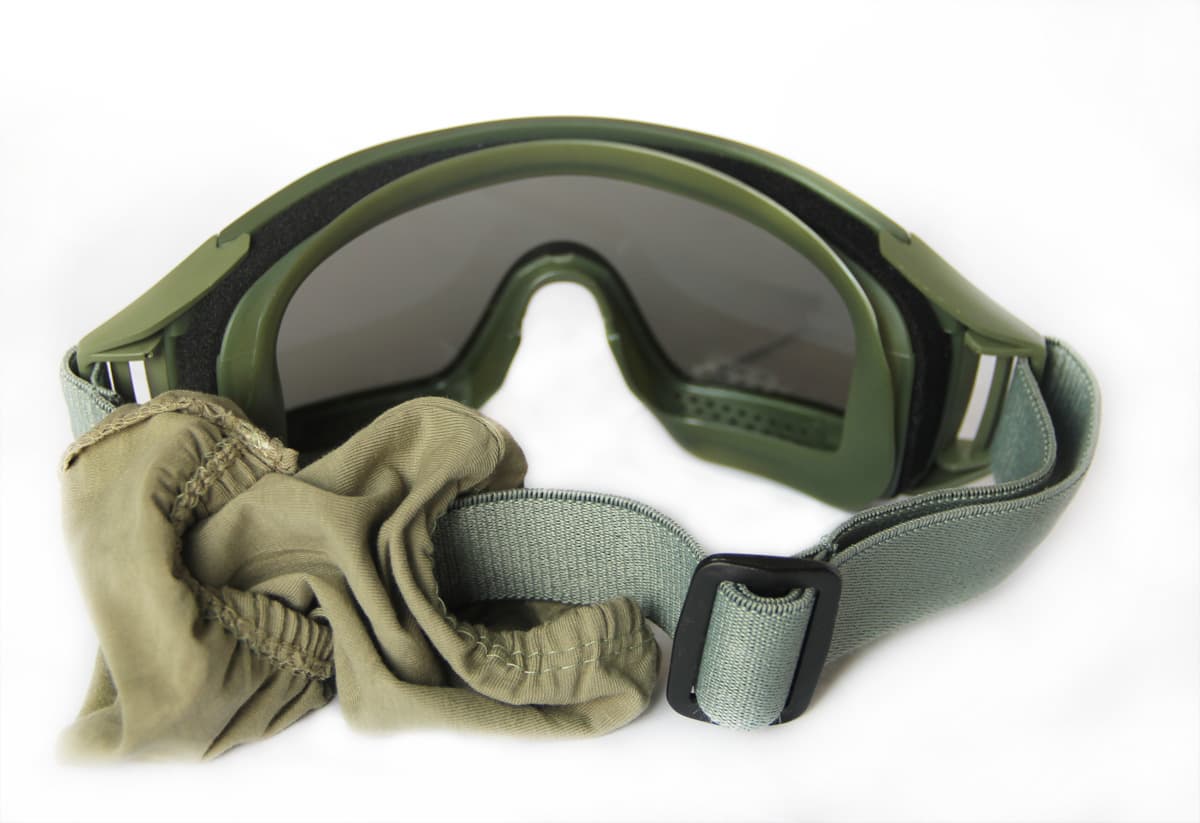
 China
China
